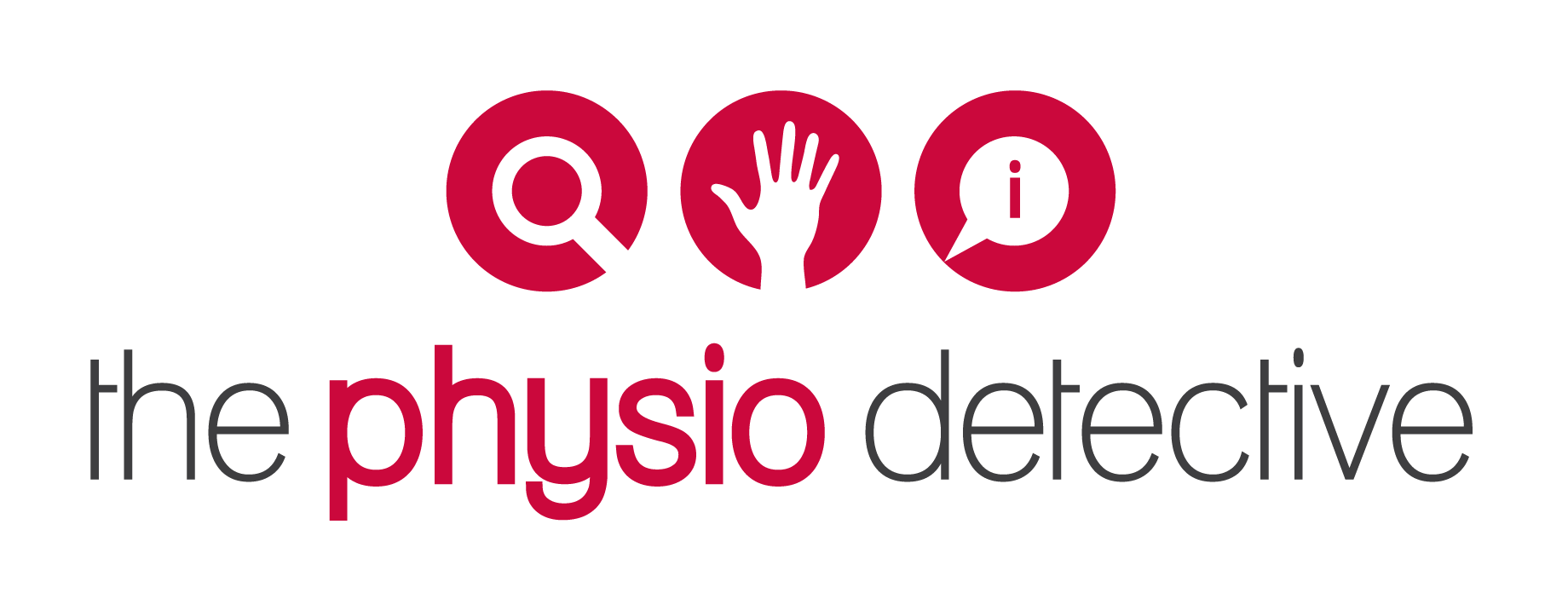Poor Form During Exercise = Unresolved Stiffness and Excessive Flexibility!!
 Form matters. Whilst you can get the work done, I truly believe that training with the best form you can is the ideal way to reduce your risk of injury and improve your performance in the long term. This post is about helping you understand how to solve your stiffness issues by addressing your technique.
Form matters. Whilst you can get the work done, I truly believe that training with the best form you can is the ideal way to reduce your risk of injury and improve your performance in the long term. This post is about helping you understand how to solve your stiffness issues by addressing your technique.
A Practical Example:
Here we have Kara Webb, 12th Fittest Woman at the CrossFit Games in 2013 and a member of the winning World Team that defeated the USA team. Kara generously allowed me to film 2 types of touch-and-go cleans to help people understand how a little difference in technique can make a big difference in the long run...both during your WOD and your your overall performance over time.
The first video showed Kara doing the cleans with a rounded back. This is the most common technique fault I see for touch-and-go cleans and I will put my hand up and say I do the same too (I am working on it!!). By rounding the back, you will put your back muscles at a mechanical disadvantage - they will have to pull from a longer position - you might think this is good because it feels like you have better "tension" development but let me assure you, it is also the reason why so many athletes get a "jacked back". I know I get some erector spinae soreness after doing Grace or some heavy cleans.
When you can keep your back straight, you will have your back in a better position which will mean your muscles won't pull on your ribs as much and you won't get such a "jacked back".
Stiff Somewhere and Excess Flexibility Elsewhere:
What often happens when you use a technique that is not quite right is that some places will get stiff while other places get more and more flexible. For example, in my case, I have really flexible back joints and relatively stiff hip joints...that's fine if I want to put my socks on but when I am doing 30x135lbs cleans, I need my hips to move more so my back doesn't get so tired and sore!
Other common stiffness/excessive flexibility couples are:
- Ankles stiff/back too flexible
- Hips stiff/back too flexible
- Shoulders stiff/back too flexible
- Back stiff/shoulders too flexible
- Hips stiff/pelvis too flexible (SIJ or Pubic Symphysis Dysfunction)
My Not-So-Secret Secret to Success...
People are ALWAYS asking me about their tight this, jacked up that, strained this and painful that. That's ok...I love my job and I love helping people.
My success as a physiotherapist has always come down to results. Being able to show my patients/athletes/coaches/government agency etc why doing things my way is better. That's why I run seminars...you can learn all you like from books and videos but the bottom line is that if you don't have someone to teach you how to move better or improve your technique, you may not be doing it right at all.
My Challenge To You:
So, my challenge to you is to drop down in weight by up to 30% or as much as is required to maintain PERFECT form. Before you do that, self-assess those areas you KNOW are stiff/sore/tight after doing something your usual way - e.g. Touch-and-Go Cleans. Then do them my way - straight back, bum out, no rounding of the back...then reassess...you may be surprised.
Obviously, I can't promise that this will solve all your problems but it will put you on the right track. I can tell you that your body knows how to protect itself. If you keep rolling, voodoo flossing, stretching and massaging that sore muscle or joint and it isn't getting better, it is probably because that muscle/joint is being protected. Strengthening your motor patterns will help. Reducing the strain through better technique will help.
I have helped many people with sore hip flexors, back muscles, neck and shoulder pains simply by teaching them how to move differently. It has amazed me how often it has helped.
Get a coaching session from your coach. Ask your Physical Therapist to watch you move through your exercises. If you can't find someone, send me the video and I will have a look.
Are you up for the challenge?

First off I love this site, and thanks for what you do. Just a few questions. It took me a few times of watching and the side-by-side to really see the difference. It is very subtle. For Kara, would you say that her back is too flexible/hips too stiff? What cues did you find helpful for her or just in general to correct this? As you move up the chain, do you find that an athlete’s scapulo-thoracic muscle contribute to the rounded back fault? Thanks again!
Hi JMH. For most people, their backs are too flexible and their hips too stiff/restricted.
Cues are an individual thing. What worked for one person doesn’t necessarily work for another. The best cues are ones that are NOT muscle focused but tell you to do something – bum back, chest up, elbows up etc etc.
I find that the back usually bends to accommodate a restriction somewhere.
Have a play around with some movement and try restricting a joint and see how it affects your movement eg an ankle brace during a squat 😉